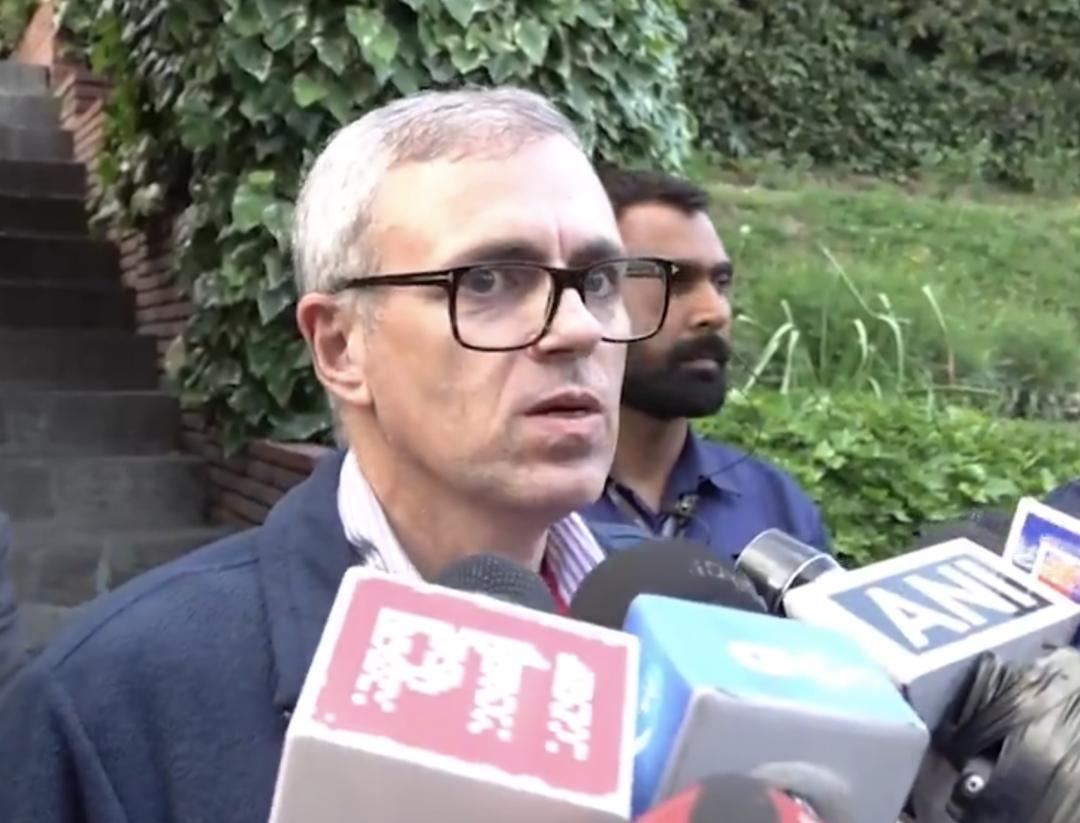
Title: Better Late than Never, I Welcome It: J&K CM on Indo-Pak Ceasefire
The recent announcement of a ceasefire by India and Pakistan has sent shockwaves across the world, particularly in the Kashmir Valley. The news has been met with a mix of emotions, ranging from relief to skepticism. Amidst the chaos, Jammu and Kashmir Chief Minister Omar Abdullah has welcomed the development, stating that it is “better late than never”. In this blog post, we will delve into the significance of the ceasefire, the reactions of the people, and the responsibility that lies ahead for the administration.
Background
The India-Pakistan ceasefire announcement came after a series of intense skirmishes along the Line of Control (LoC) and the International Border (IB). The violence had claimed several lives and injured many others, leaving a trail of devastation in its wake. The tensions between the two nations had been escalating over the past few weeks, with both sides blaming each other for the aggression.
The Ceasefire Announcement
On [Date], India and Pakistan announced a ceasefire along the LoC and the IB, effective immediately. The decision was hailed as a major breakthrough, with many analysts attributing it to the diplomatic efforts of the international community. The ceasefire came as a relief to the people of Kashmir, who had been living in fear of the violence and the uncertainty that it brought.
J&K Chief Minister’s Reaction
Jammu and Kashmir Chief Minister Omar Abdullah welcomed the ceasefire announcement, stating that it was “better late than never”. In a press conference, he said, “Had it happened two days earlier, we might have avoided the bloodshed and the precious lives lost. Now, it’s the responsibility of J&K administration to begin providing relief to the people without delay.”
Abdullah’s statement reflected the sentiments of many Kashmiris, who had been affected by the violence and the subsequent humanitarian crisis. The Chief Minister’s emphasis on providing relief to the people highlighted the need for the administration to take swift action to mitigate the suffering of those affected.
Reactions of the People
The ceasefire announcement was met with a mix of emotions by the people of Kashmir. While some welcomed the development, others remained skeptical, citing the history of broken promises and failed peace talks between India and Pakistan.
Many residents of the Kashmir Valley expressed relief at the news, hoping that it would bring an end to the violence and the fear that it had instilled. Others, however, remained cautious, citing the need for concrete action to address the root causes of the conflict.
A resident of Srinagar, who wished to remain anonymous, said, “We welcome the ceasefire, but we need to see tangible results. We can’t just be satisfied with words; we need to see concrete action on the ground.”
Responsibility Ahead
The ceasefire announcement has brought new responsibilities to the J&K administration. As Chief Minister Omar Abdullah emphasized, it is now the responsibility of the administration to provide relief to the people without delay. This includes providing medical aid, shelter, and food to those affected by the violence.
The administration must also work to restore normalcy in the Valley, which has been severely affected by the violence. This includes ensuring the safe return of students, workers, and other individuals who were forced to flee their homes due to the violence.
Conclusion
The India-Pakistan ceasefire announcement is a significant development in the ongoing conflict between the two nations. While it brings new hope for peace and stability in the region, it also brings new challenges to the J&K administration. As Chief Minister Omar Abdullah emphasized, it is now the responsibility of the administration to provide relief to the people without delay.
The people of Kashmir will be watching closely to see if the ceasefire is followed by concrete action on the ground. They will be hoping that the violence is truly behind them and that they can return to a life of peace and normalcy.
News Source:






